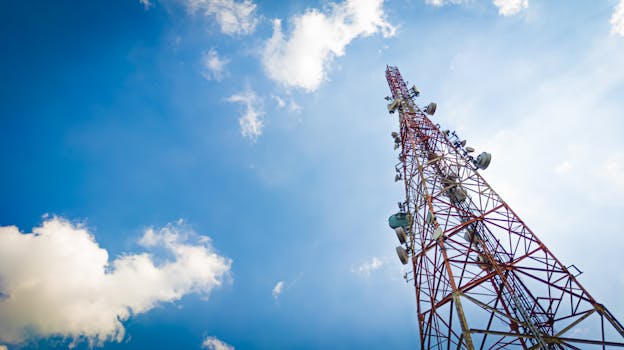
MEO Satellites: Revolutionizing Global Communication and Connectivity with MEO satellites
MEO satellites are a crucial component of modern satellite technology, offering a wide range of benefits and applications. Medium Earth Orbit (MEO) satellites operate at an altitude of approximately 2,000 to 36,000 kilometers, providing global coverage and connectivity. In this article, we will delve into the world of MEO satellites, exploring their history, technology, applications, and the impact they have on our daily lives.
Introduction to MEO Satellites
MEO satellites have been in use for several decades, with the first MEO satellite launched in the 1960s. However, it wasn’t until the 1990s that MEO satellites began to gain popularity, with the launch of the first commercial MEO satellite constellation, Iridium. Since then, MEO satellites have become an essential part of modern communication systems, providing global coverage and connectivity to remote and underserved areas.
MEO satellites offer several advantages over other types of satellites, including Geostationary Orbit (GEO) satellites and Low Earth Orbit (LEO) satellites. MEO satellites have a higher elevation angle than LEO satellites, which reduces interference and improves signal quality. Additionally, MEO satellites have a lower latency than GEO satellites, making them ideal for real-time communication applications.
Technology and Applications of MEO Satellites
MEO satellites use a variety of technologies to provide global coverage and connectivity. One of the key technologies used in MEO satellites is spot beam technology, which allows the satellite to focus its signal on specific areas of the Earth’s surface. This technology enables MEO satellites to provide high-speed data services, voice services, and other applications such as navigation and remote sensing.
MEO satellites have a wide range of applications, including mobile communication, broadband internet, navigation, and remote sensing. They are used by governments, businesses, and individuals to provide communication services to remote and underserved areas. MEO satellites are also used for emergency response and disaster relief, providing critical communication services in areas where traditional communication infrastructure has been damaged or destroyed.
In addition to their practical applications, MEO satellites also play a critical role in scientific research and exploration. They are used to study the Earth’s atmosphere, oceans, and land surfaces, and to monitor climate change and other environmental phenomena. MEO satellites are also used to support space exploration, providing communication services and navigation data to spacecraft and astronauts.
Impact of MEO Satellites on Global Communication and Connectivity
MEO satellites have had a significant impact on global communication and connectivity, providing access to information and communication services to millions of people around the world. They have enabled the development of new industries and applications, such as mobile commerce, telemedicine, and online education.
MEO satellites have also played a critical role in bridging the digital divide, providing internet access and other communication services to remote and underserved areas. They have enabled people in these areas to access information, communicate with others, and participate in the global economy.
However, MEO satellites also face several challenges, including interference, congestion, and regulatory issues. The increasing demand for satellite spectrum and the growing number of satellites in orbit have created concerns about interference and congestion. Additionally, regulatory issues, such as licensing and spectrum allocation, can create barriers to the development and deployment of MEO satellites.
Conclusion and Future of MEO Satellites
In conclusion, MEO satellites have revolutionized global communication and connectivity, providing unparalleled coverage and connectivity. They have enabled the development of new industries and applications, and have played a critical role in bridging the digital divide.
As technology continues to evolve, we can expect to see even more innovative applications of MEO satellites. The development of new satellite constellations, such as the forthcoming O3b and OneWeb constellations, will provide even more capacity and coverage, enabling new applications and services. Additionally, the integration of MEO satellites with other technologies, such as 5G and the Internet of Things (IoT), will create new opportunities for innovation and growth.





